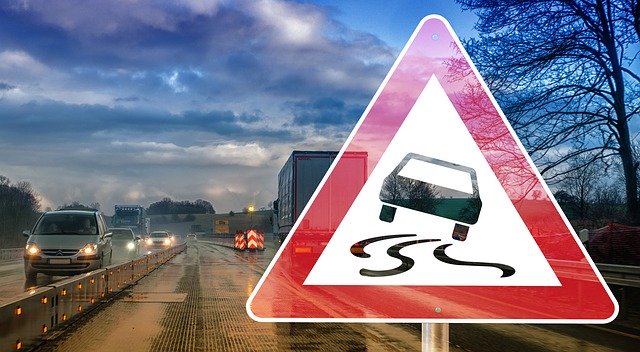7 Tips on How to Safely Drive in the Rain
20th Dec 2019

Safely Drive during Bad Weather
Rainy weather is a major risk factor for automobile collisions. According to the Federal Highway Transportation Authority (FHWA), 70% of all weather-related collisions that occur in the United States are attributed to wet pavement. If you're planning to get behind the wheel on a rainy day, you should follow some basic safety precautions to lower your risk of collision and injury.
#1) Turn on Your Headlights
Always use your headlights when driving in the rain. As you probably know, rain can restrict your visibility. As a result, other motorists may struggle to see your vehicle. Turning on your headlights, however, will both increase your visibility while also ensuring that motorists can see your vehicle.
#2) Don't Use Your Hazard Lights
While you should always use your headlights when driving in the rain, you shouldn't use your vehicle's hazard lights. Hazard lights are designed for emergency situations, such as when your vehicle is disabled in the road. Driving with your hazard lights turned on will only confuse other motorists, so keep them turned off.
#3) Replace Wiper Blades
When was the last time that you replaced your vehicle's wiper blades? Wiper blades don't last forever. They'll eventually wear down and degrade to the point where they no longer move water off your windshield. If your vehicle's wiper blades are severely worn, you should replace them.
#4) Slowly Accelerate and Decelerate
The golden rule of driving in the rain, as well as the snow, is to slowly accelerate and decelerate. In other words, don't forcefully punch the gas and brake pedals. Instead, push them slowly to maintain control of your vehicle on wet pavement.
#5) Maintain a Safe Distance
You'll need to maintain a safe distance from the vehicle in front of you when driving in the rain. When the pavement is wet, it will take longer for your vehicle to come to a complete stop.
#6) Beware of Puddles
Keep an eye out for puddles, and if possible, avoid driving over them. Although it sounds harmless, driving over a puddle may cause your vehicle to hydroplane. When this occurs, you'll lose control of your vehicle, which may result in a collision.
#7) Check Your Tires
Of course, you should check your tires before driving in the rain. If they are low on air, fill them with the appropriate amount as specified in your owner's manual. If they have insufficient tread, replace them.
